This article was co-authored by Lisa Bryant, ND and by wikiHow staff writer, Hannah Madden. Dr. Lisa Bryant is Licensed Naturopathic Physician and natural medicine expert based in Portland, Oregon. She earned a Doctorate of Naturopathic Medicine from the National College of Natural Medicine in Portland, Oregon and completed her residency in Naturopathic Family Medicine there in 2014.
There are 11 references cited in this article, which can be found at the bottom of the page.
wikiHow marks an article as reader-approved once it receives enough positive feedback. In this case, 100% of readers who voted found the article helpful, earning it our reader-approved status.
This article has been viewed 156,936 times.
Nasal congestion is a common ailment that can be caused by illness, allergies, or an airway blockage. If you feel congested, you likely want fast relief to help you feel better. Fortunately, you may be able to treat your congestion naturally using home remedies and lifestyle changes. See your doctor if your symptoms become severe, you don’t feel better after 10 days, or your natural treatments aren’t working.
Steps
Using Home Remedies
-
1Use a humidifier to moisten your airways and loosen mucus. Dry air can aggravate your sinuses and make it harder for mucus to drain from the nasal passages, which prolongs congestion. Using a humidifier in your bedroom or living room adds moisture to the air to prevent dehydration, help clear your sinuses, and soothe your throat. The humidity in your home should be between 30% and 55%.[1]
- When the humidity is too high, it can lead to mold and dust mites, both of which are common causes of allergies.
- Clean your humidifier filter every week using vinegar. Stop the humidifier and call your healthcare provider if you develop any respiratory symptoms that you feel are related to the use of a humidifier.
-
2Inhale steam to thin your mucus and release nasal irritants. For a quick steam treatment, heat up a pot of distilled water just shy of boiling, or around 175 to 185 °F (79 to 85 °C). When it starts producing quite a lot of steam, remove the pot from the heat. Place a towel over your head and lean over the pot, closing your eyes and breathing deeply for about 5-10 minutes.[2]
- Steam helps loosen mucus while also washing away any foreign matter like dust or pollen that came into contact with your nasal passages.
- Distilled water has already been boiled to remove any bacteria or toxins, so it’s safe to inhale.
Advertisement -
3Apply a warm towel to treat sinus pressure and inflammation. Soak a small, clean towel in lukewarm water for 3 to 5 minutes, then wring the water out. Apply it to your forehead or neck for 5 minutes. Dip the rag back in the water and place it again. Try not to apply heat for longer than 20 minutes at a time.[3]
- A warm towel applied to the forehead or neck may help relieve sinus headaches caused by inflammation and congestion in the nasal passages. Heat opens up blood vessels, which increases blood flow and supplies oxygen and nutrients to reduce pain and relax sore muscles.
- You can also use a hot water bottle or gel pack to apply heat compression.
- Do not apply heat if there is swelling or fever. Use an ice bag instead.
-
4Use a saline spray to flush your nasal passages. Gently blow your nose into a tissue to clear it of mucus. Remove the cap and lightly shake the bottle. Hold the pump to your nostril with your thumb at the bottom of the bottle, and your index and middle fingers on top. Using a finger on your other hand to close the nostril on the other side. Squeeze the pump as you breathe in slowly through your nose, and repeat these steps for the other nostril.[4]
- Try not to sneeze or blow your nose just after using the spray.
- Most saline sprays are safe to use as often as you like on a daily basis. If you experience nosebleeds, discontinue use for a few days. If bleeding or irritation continues, speak with your doctor.
Tip: The first time you use the spray, you may have to prime it by squirting a few times into the air until a fine mist comes out.
-
5Use a neti pot to cleanse your nasal passages. Start by making a saline solution using 1/4 tsp (1.4 g) of kosher or pickling salt, 1/4 tsp (1.4 g) of baking soda, and 8 fluid ounces (0.24 L) of warm distilled water around 105 °F (41 °C) in a neti pot. Standing over a sink, tip your head to one side and hold the spout of the neti pot to your upturned nostril. Pour the saline solution into one nostril and let it flow out the other. Repeat with the other nostril.[5]
- Start with 1 irrigation per day while you have symptoms. If you don’t feel better, use the neti pot 1 to 2 times a day until your symptoms go away.
- You can find neti pots at most drug stores.
-
6Gargle salt water to drain mucus while soothing a sore throat. Place 1/2 tsp (2 g) of sea salt in a glass of distilled or sterilized warm water and stir until it's dissolved. Gargle the water for 1 to 2 minutes, then spit it out instead of swallowing.
- You can repeat a salt water gargle every few hours if you need to.
- If the salt irritates your mouth or throat, you can also use plain, distilled warm water.
Changing Your Habits
-
1Drink lots of fluids to loosen your mucus. The thicker your snot is, the more difficult it will be to blow it out. Try to up your intake of water, juice, and tea to stay hydrated and keep your mucus runny and easy to get rid of.[6]
- Try to stay away from dehydrating liquids like coffee, soda, and alcohol.
-
2Blow your nose gently and only when necessary. Hold a finger over 1 nostril and then gently blow the other into a tissue. Repeat with the other nostril. Be sure to blow gently, as the pressure from blowing hard can impact your ears, giving you an earache on top of your cold.[7]
- Wash your hands each time you blow your nose to avoid chances of other infections by bacteria or viruses.
-
3Take warm showers to help drain your sinuses. Keep the water temperature around 105 to 115 °F (41 to 46 °C), and stay in the shower for 5 to 10 minutes. Try to breathe deeply and inhale the steam to help loosen your mucus.[8]
- Lukewarm baths can also benefit children and infants with nasal congestion.
- Make sure the water is not too hot or cold, especially if you have a fever.
-
4Avoid inflammatory foods because they’ll make you feel worse. Certain foods can slow down the body’s healing process, impair the immune system, increase body weight, and cause inflammation. This contributes to an increase in nasal inflammation, which makes congestion worse. Try to lessen or avoid foods that can cause chronic inflammation, such as white bread, pastries, donuts, fried foods, soda, sugary energy drinks, margarine, shortening, lard, veal, ham, steak, and processed meats.[9]
Tip: Try eating soups or broths to promote healing and warm up your sinuses.
-
5Prop your head up at night to avoid congestion as you sleep. When you lay your head down, your mucus tends to pool in your sinuses, leading to poor or disrupted sleep. Try propping your head up on a few pillows to stay upright as you sleep and avoid congestion.[10]
- You can also try sleeping in a reclining chair.
-
6Quit smoking to avoid irritating your airways. Cigarette smoke can irritate nasal tissue, often leading to frequent headaches and chronic coughing, also known as smoker’s cough. If you already suffer from congestion, this can increase the duration and severity of your condition. Try to cut back on the amount of cigarettes you smoke per day.[11]
- Try to avoid secondhand smoke and other hazardous fumes which can also cause irritation and discomfort.
- Ask your doctor about ways to reduce and quit smoking.
When to Seek Medical Care
-
1Visit your doctor if you’re having severe symptoms. You can often treat your sinus symptoms at home. However, sometimes a severe infection can develop, which may require treatment. Go to the doctor if you develop the following severe symptoms:[12]
- High fever over 102 °F (39 °C)
- Yellow or green nasal discharge
- Pain
- Blood in your nasal discharge
-
2See your doctor if your symptoms last longer than 10 days. You’ll likely notice improvements after you start treating your congestion. If you don’t improve or your symptoms get worse, visit your doctor to find out what’s causing your congestion. Then, your doctor may recommend additional treatment options to help you feel better.[13]
- You might have an infection if your symptoms don’t go away. Alternatively, you may have an underlying cause that needs treatment.
-
3Ask your doctor about medication if natural treatments don’t work. While natural treatments are often successful, they don’t work for everyone. You may need additional treatment, especially if you develop a bacterial infection. Talk to your doctor to find out if you need medication. They may prescribe a medication for you or recommend over-the-counter treatments.[14]
- Decongestants help dry up your nasal passages, while nasal sprays cleanse your nasal passages. You can buy these over-the-counter or get them from your doctor.
- You can take an over-the-counter antihistamine to help with allergy symptoms like a runny nose, sneezing, and itchy, watery eyes. Additionally, your doctor may offer you a prescription option if your symptoms are severe.
Tip: If you have a bacterial infection, you may need an antibiotic.[15]
-
4See an Ear, Nose, and Throat (ENT) specialist for persistent congestion. While most sinus infections go away with treatment, sometimes you’re prone to frequent infections that may start to interfere with your life. If you’re having frequent sinus infections, talk to your doctor about seeing an ENT. They can figure out the underlying cause of your recurring sinus infections and may offer you additional treatments.[16]
- You may need a referral from your primary doctor to see an ENT.
Warnings
- Talk to your doctor if your symptoms become severe or don’t improve after 10 days.⧼thumbs_response⧽
References
- ↑ https://medlineplus.gov/ency/article/002104.htm
- ↑ https://medlineplus.gov/ency/article/003049.htm
- ↑ https://medlineplus.gov/ency/article/003049.htm
- ↑ http://www.aafp.org/afp/2000/1215/p2695.html
- ↑ http://www.fda.gov/ForConsumers/ConsumerUpdates/ucm316375.htm
- ↑ https://health.clevelandclinic.org/mucus-and-phlegm-what-to-do-if-you-have-too-much/
- ↑ https://wexnermedical.osu.edu/blog/3-risks-of-blowing-your-nose-too-hard
- ↑ https://medlineplus.gov/ency/article/003049.htm
- ↑ http://www.health.harvard.edu/staying-healthy/foods-that-fight-inflammation
- ↑ https://medlineplus.gov/ency/article/003049.htm
- ↑ https://my.clevelandclinic.org/health/diseases/17701-sinusitis
- ↑ https://my.clevelandclinic.org/health/symptoms/17980-nasal-congestion#when-to-call-the-doctor
- ↑ https://my.clevelandclinic.org/health/symptoms/17980-nasal-congestion#when-to-call-the-doctor
- ↑ https://patient.info/ears-nose-throat-mouth/nasal-congestion#nav-0
- ↑ https://medlineplus.gov/ency/article/003049.htm
- ↑ https://my.clevelandclinic.org/health/symptoms/17980-nasal-congestion
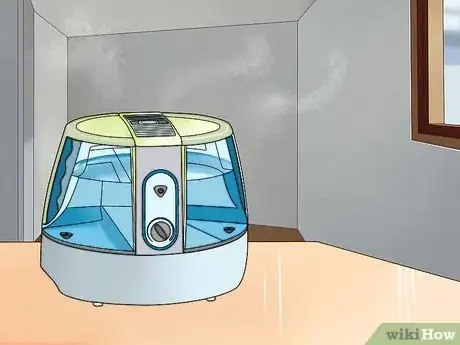
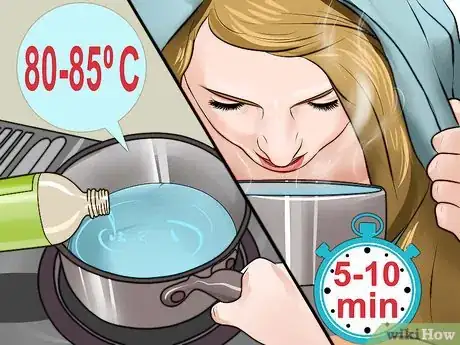

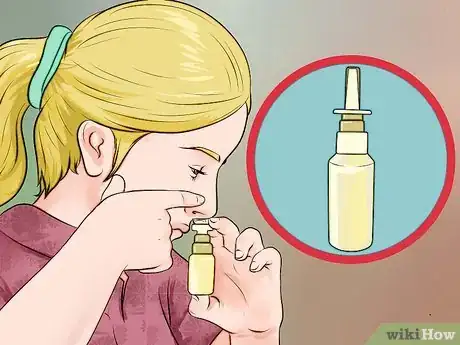
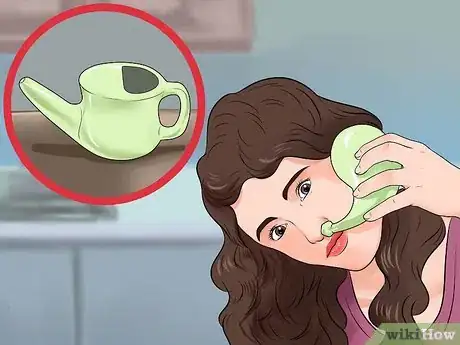
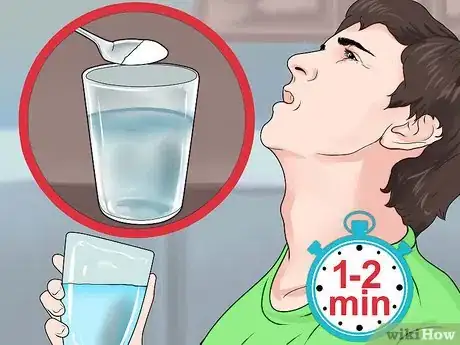
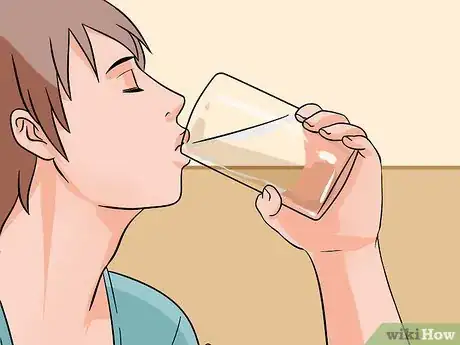
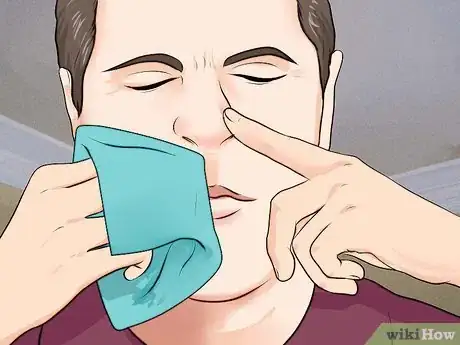
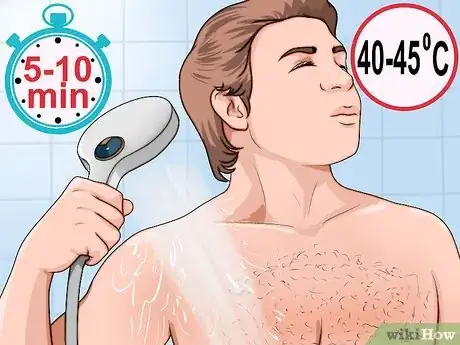
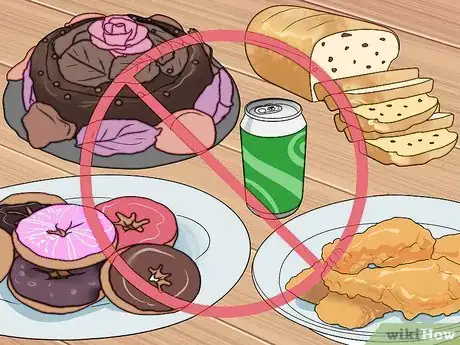

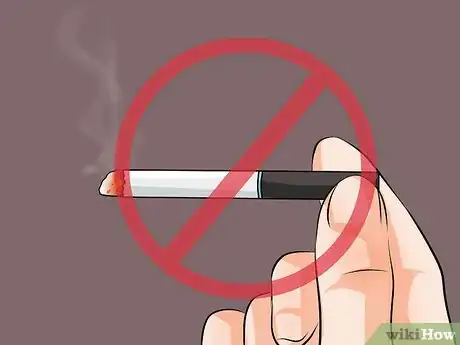


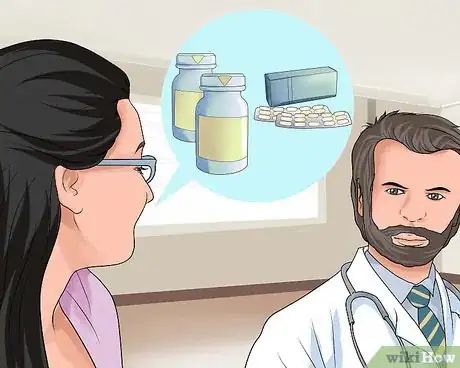
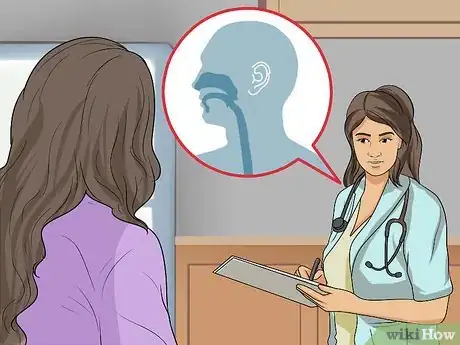

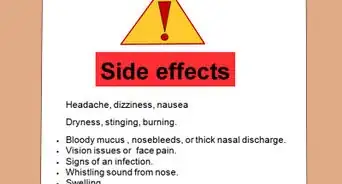

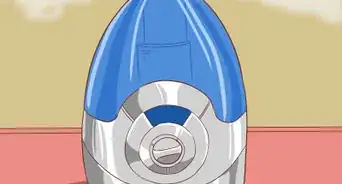
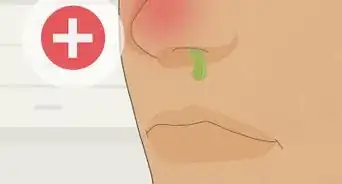
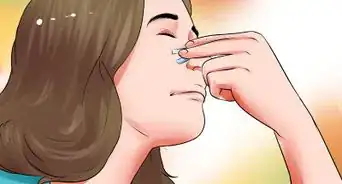

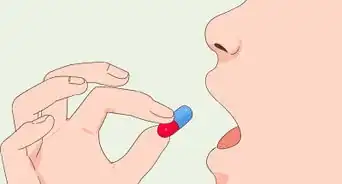

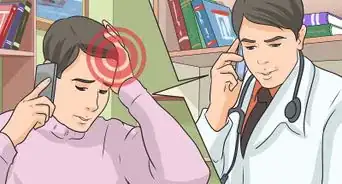
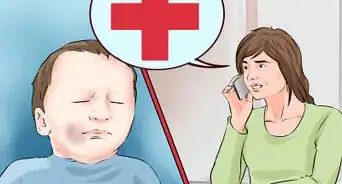












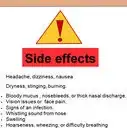

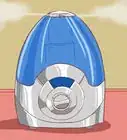



































Medical Disclaimer
The content of this article is not intended to be a substitute for professional medical advice, examination, diagnosis, or treatment. You should always contact your doctor or other qualified healthcare professional before starting, changing, or stopping any kind of health treatment.
Read More...